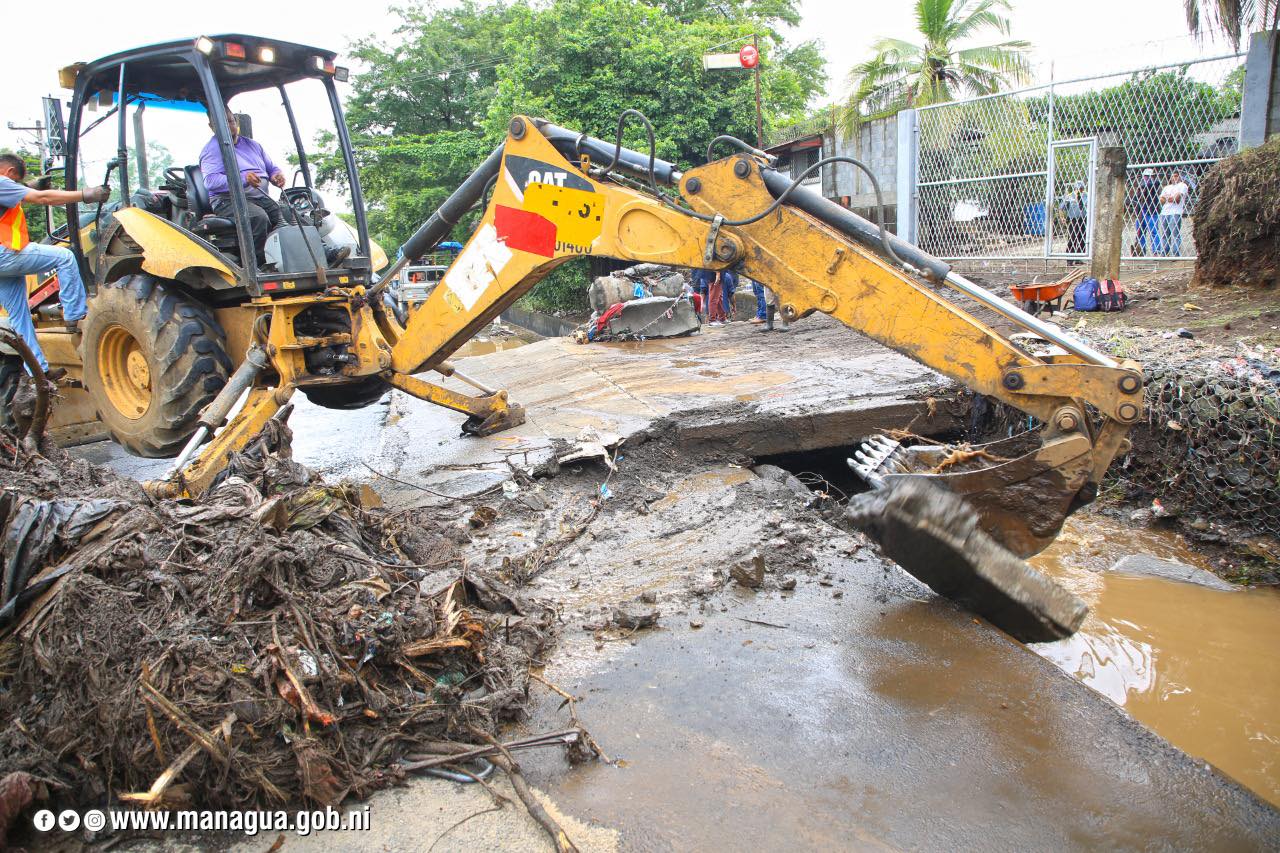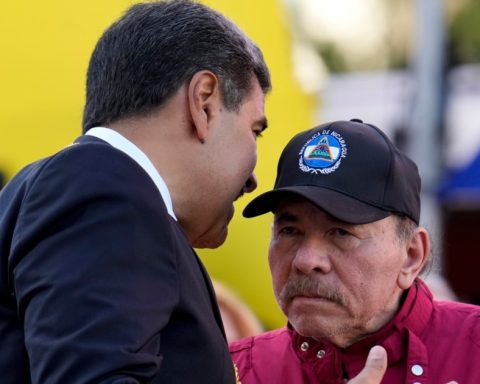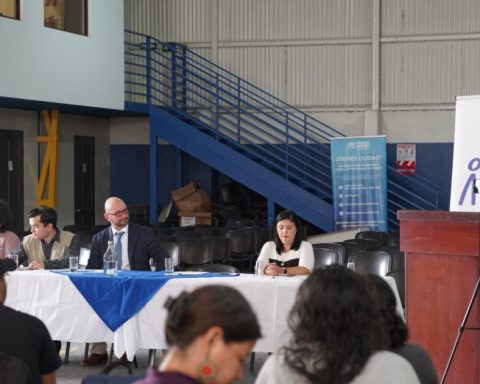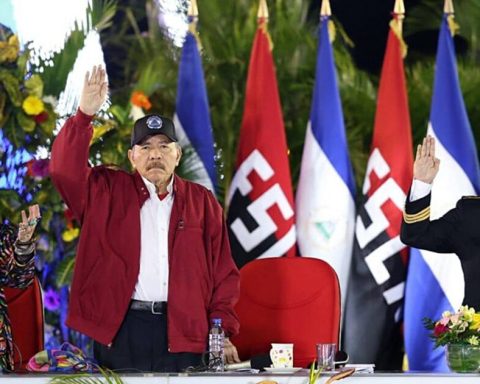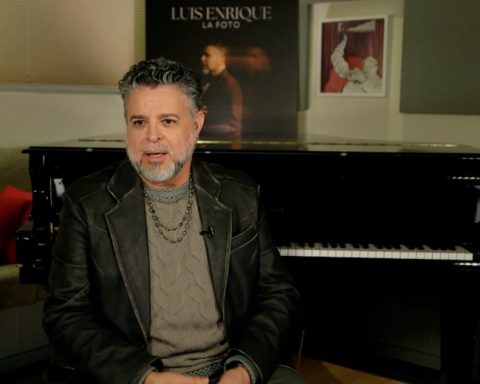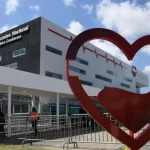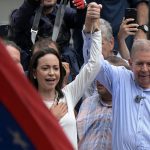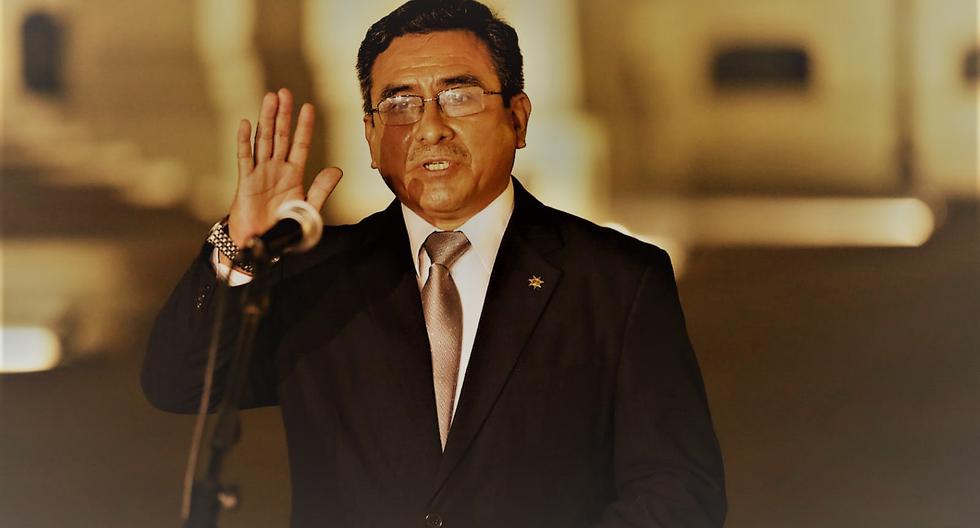The arrival of the rainy season in Managua means the repetition of a disaster movie. Year after year, strong floods collapse the main road arteries of the capital and destroy humble homes in the most vulnerable areas of the city.
But, there is another movie that repeats itself. After the heavy rains, the regime’s propaganda mobilizes to follow the secretary general of the Managua Mayor’s Office, Fidel Moreno, who appears overcast to take a tour of the city and check the damage, deliver zinc sheets, blankets and mattresses to the affected families and comfort the victims. A routine conveniently documented by the media apparatus of the dictatorship.
The recent passage of Hurricane Ian, which has considerably affected Cuba and Florida, in the United States, once again exposed the vulnerability in Managua, with effects on Sabana Grande, where the strong currents even dragged several vehicles. The first reports inform of 350 flooded by the downpours.
The de facto police state and the political persecution imposed by the regime of Daniel Ortega and Rosario Murillo, prevents the population from daring to question the local or national authorities for the lack of solutions, considering –in addition– that they control the municipal administration of the capital for more than 20 years and they have not managed to put an end to the perennial problem of flooding in Managua, which criticized previous governments.
Entrance to Residencial Altos de la Sabana, by the Kola Shaler. A car carried by the current. pic.twitter.com/rNyWl97V4t
– Managua (@Managua) October 1, 2022
Mayor’s Office does not prioritize works to stop floods in Managua
Former officials of the Mayor’s Office of Managua and experts on water issues consider that the problem is aggravated because the authorities of the Commune know the causes and origin of these floods, but they prefer to bet on projects and works that “are more useful for the photo”, in instead of developing a work plan focused on stopping the floods in Managua.
The budget of the Mayor of Managua for 2022 highlights as its two main projects the rehabilitation of Las Piedrecitas Park and the expansion of the Juan Pablo II Track. They also highlight many patchwork and asphalt resurfacing jobs. However, there are no major projects for the prevention and mitigation of rains.
According to the commune’s budget, this year 714,000 córdobas have been earmarked for storm drainage works in the capital. However, there is an item of 10 million córdobas in the category of Unforeseen Expenses. Of this amount, five million are assigned for Attention to Catastrophe Expenses.
These funds are the ones that are foreseen to cover the expenses of the welfare of the Mayor of Managua for post-disaster situations: purchase of plastic, blankets, mattresses, zinc sheets and the mobilization of the entire team that accompanies Fidel Moreno when he goes out to tour the beaten streets of the capital.
“Every year, with the reforms to the Mayor’s budget that are made, they end up allocating more than 15 million córdobas for what they call mitigation of natural disasters. If this budget is used to solve the problem of critical points in Managua, we would no longer have these flooding problems, ”says a former official of the Managua Mayor’s Office who asked that his identity be protected to avoid reprisals.
The first rain caused by the tropical wave number one occurred on Friday, May 20, 2022, left at least 25 houses flooded, overflowing riverbeds and a series of floods in Managua, mainly in the eastern zone.
“It rained for us the first time, for more or less 40 minutes, very hard. The measurement systems reported in this area (the eastern part of the capital), very close to the riverbed (El Dorado), about 90 millimeters of water. It really is a lot of water; the city average was around 50 millimeters,” Moreno told official media that accompanied him on his tour.
The overflow of the El Dorado riverbed caused flooding in the Pedro Arauz Palacios, San Luis, El Edén, María Auxiliadora and Ducualí neighborhoods. Fidel Moreno admitted that this is a recurring problem that the Mayor’s Office of Managua has not been able to resolve.
In addition to the overflow of this channel, floods were reported in the Oriental market, Solidarity Hospital and the central offices of Immigration and Immigration, located in District IV of Managua.
“The channel overflows two to three times a year with heavy rains, but it is an issue that we hope to resolve with the expansion of the Pista Juan Pablo II, which contemplates the construction of a channel with three times more capacity,” Moreno said in that chance.
The rainy season is expected to continue to impact Nicaragua throughout the year. Managua has not suffered damage as severe as the one that occurred with the downpours at the beginning of last May, but early June there were rains torrential that caused the death of five people, including a child under eight months, due to the overflow of rivers and landslides that occurred in the municipalities of San José de Bocay and Wiwilí, in Jinotega, according to the latest report from the National System for Prevention, Mitigation and Attention of Disasters (Sinapred).
permissions without control
The former official from the Mayor’s Office explained that one of the roots of the problem is that the Urban Planning Directorate of the Managua Mayor’s Office does not carry out efficient control over the construction permits it is granting, mainly in the so-called southern basin of the capital.
“This administration already has more than two decades of being in charge in the Mayor’s Office of Managua. They already know what the critical points are and to date they have not solved these critical points. An example is the flooding that occurs along the riverbed at traffic lights in El Dorado,” added the former municipal official.
These permits, mainly for the construction of urbanizations in areas such as Esquipulas and Sabana Grande, in addition to aggravating the problem of flooding, cause new sources of disaster to arise in places that were not normally affected, such as Las Colinas.
Bismarck Martínez project built in reservoir
However, the Mayor’s Office itself has built projects in the area of the southern basin, such as the first stages of houses of the Bismarck Martin programz, located in Sabana Grande.
“Where the initial project of the Bismarck Martínez program was built, it was a reservoir or reserve intended to be a buffer to filter the waters of that area. For a long time, construction was prohibited in that area. These constructions have come to impact the lower part of Managua. Now the currents come with more speed and their impact is stronger”, he explained.
An expert on water issues, who also requested anonymity so as not to face reprisals, explained that the so-called runoffs have been the capital’s main problem throughout its history.
These began with the so-called “alluvions” as a result of deforestation, change in crops and poor use of soils in the upper part of Managua (El Crucero, Las Nubes) and in the water basins on which the city is based.
“These floods violently eroded the soil and ravines and formed gullies that later became stormwater channels. The first big mistake was to cover these gullies with stones and concrete, turning them into channels, which with each winter deepened and widened”, he explained.
“The different building administrations since then have dedicated themselves to promoting an ever greater flow and volume of the flow, which simply increased their capacity to transport water, sediments and garbage,” he added.
Fidel Moreno’s tours: welfare and propaganda
The specialist explained that runoff drops from 900 meters high in the Sierras de Managua, to 40 meters in Lake Managua. The violence of the currents, determined by the inclination of the slope, worsens each year with the increasing flows.
However, the current municipal management of queen wheel, Enrique Armas and Fidel Moreno continue betting on a welfare scheme, instead of developing projects to contain these strong currents that generate the rains. A clear example of the mentality of the municipal authorities with the way to face these catastrophes are the routes that Moreno makes.
“More than anything, this is a scenario of welfare, of seeking to appear in the regime’s propaganda media. Of wanting to sell the idea of aid from the Mayor of Managua, but really the real help would be to solve the critical points. But, they are more interested in those projects that serve more for the photo,” said the former municipal official.
“These palliative measures are no different from the useless and costly work to widen the channels. No enlargement of the channel in the future is going to control the instantaneous flooding and the urban disaster caused by the arrival of the water that should be infiltrating and retaining in the upper part of the basin, to achieve the slow and regulated transit of the water towards the city” , stressed for his part the specialist in water issues.
“More infiltrated water above, less destruction in the city”, they recommend
The specialist said he regretted that the municipal authorities have in their hands the knowledge about the specific projects that should be developed in Managua to avoid these catastrophes, but due to lack of political will, they do not take them into account for their execution.
“There have been several projects with international financing to map and know in detail the topography of all the high parts in the Managua basins. This information exists and is well known by the Mayor’s Office. This should make it possible to identify the precise sites where reforestation can be carried out by simple natural restoration, to build infiltration pits that retain the water in the places where runoff begins, small dams on coffee farms and minor works such as dams and ponds, which retain and infiltrate the water,” he said.
He stressed that the policy for flood prevention should work under a scheme of “more water seeping up, less destruction in the city” and incidentally favor and recover Managua’s damaged ecosystem.
“It’s cheaper and more effective. In addition to favoring the growth of forests, the multiple uses associated with reforestation, the development of biological diversity and the improvement of ecological resilience, among others. This would be to wisely attend to the causes, and not uselessly focus on the consequences of costly ignorance”, he concluded.
